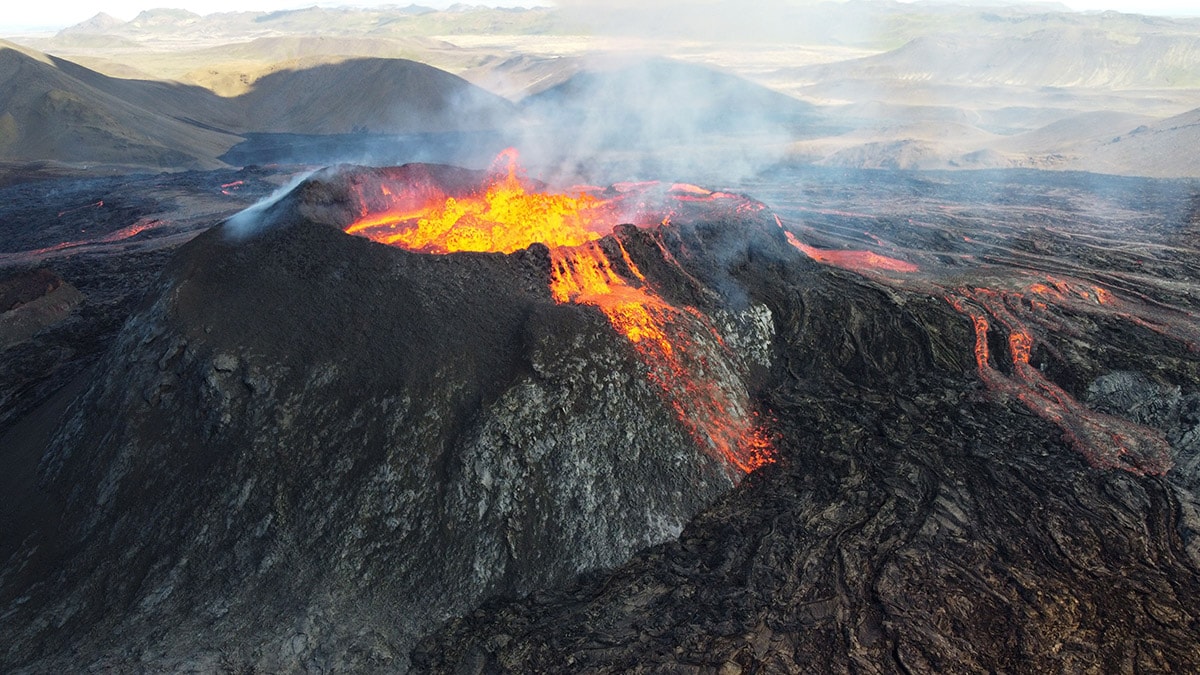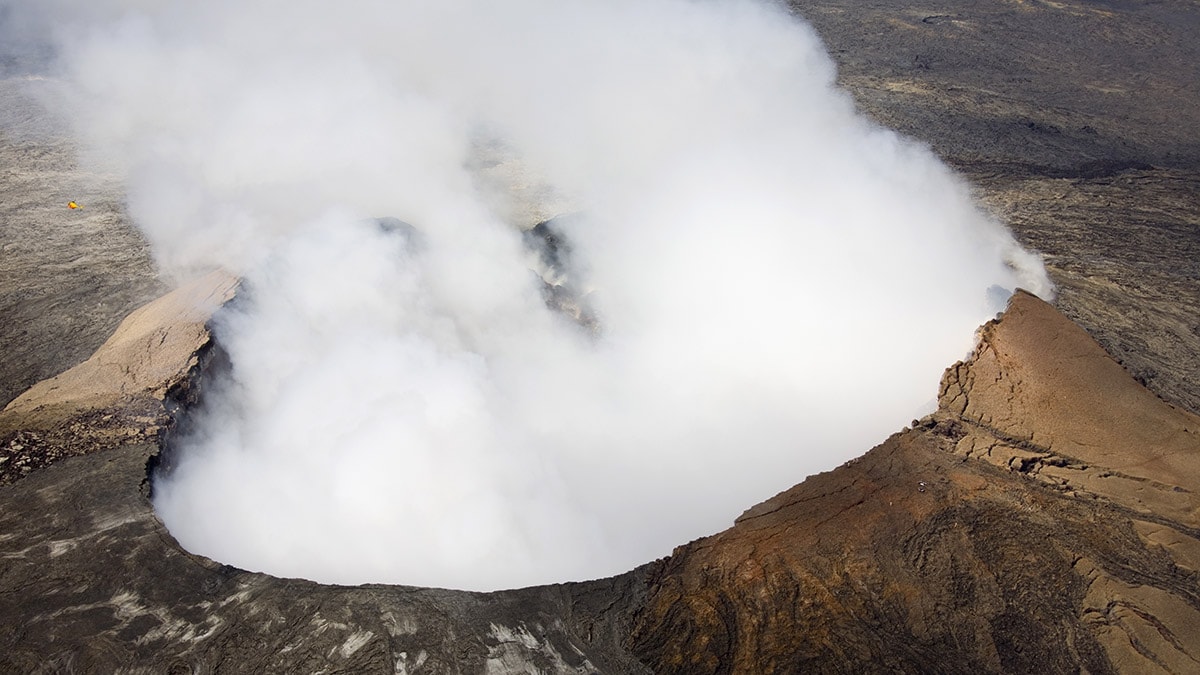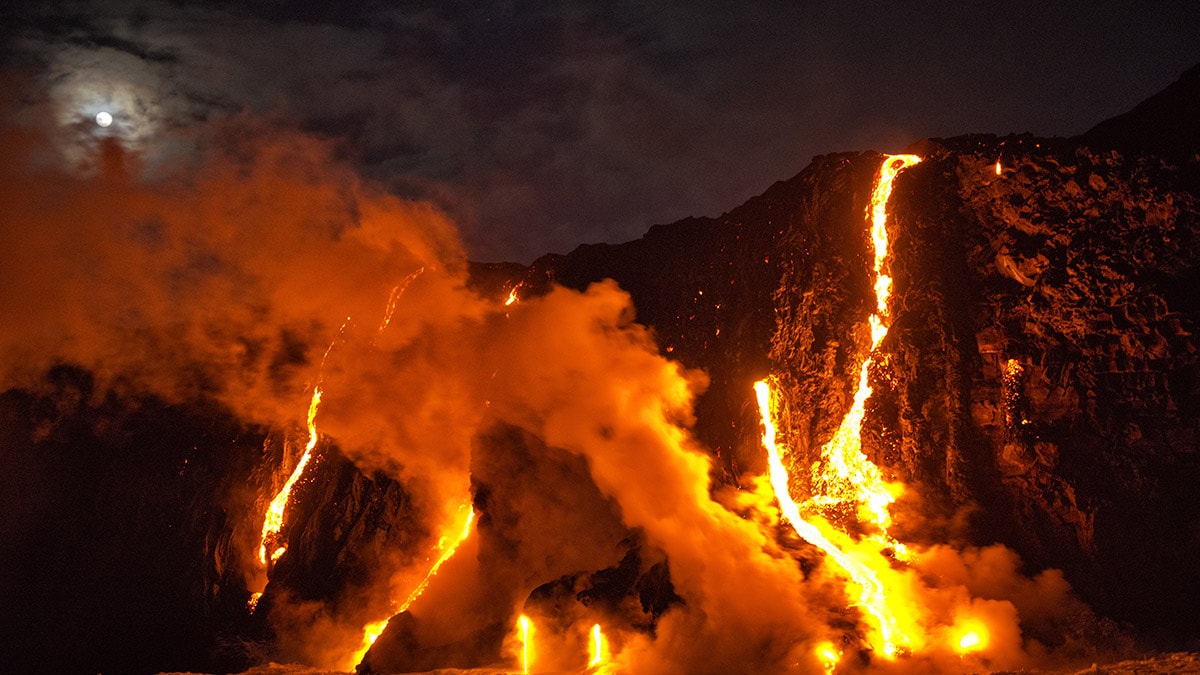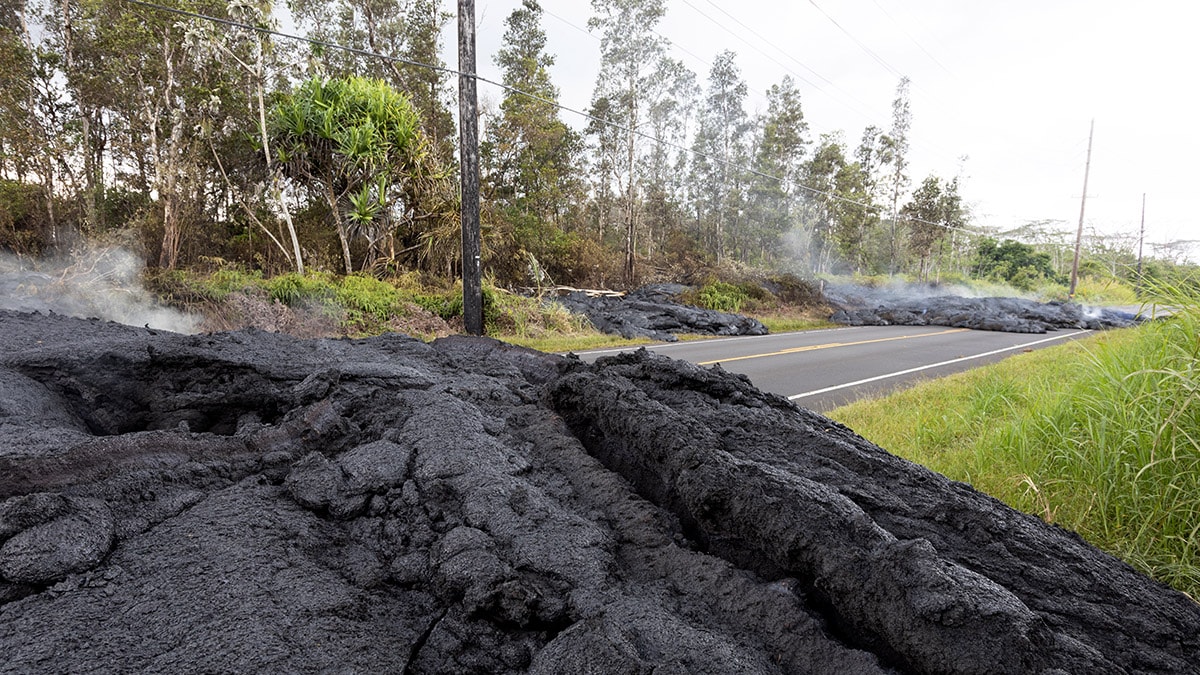Key points
- You can do many things to protect yourself and your family from the dangers of a volcanic eruption.
- The best way to protect yourself and your family is to follow the advice of local officials.
Major health threats

Volcanoes spew hot, dangerous gases, ash, lava, and rock that are powerfully destructive. People have died from volcanic blasts.
Natural threats caused by volcanic eruptions
Volcanic eruptions can result in additional threats to health, such as:
Health concerns
Health concerns after a volcanic eruption include:
- Infectious disease
- Respiratory illness
- Burns
- Injuries from falls
- Vehicle accidents related to the slippery, hazy conditions caused by ash
When warnings are heeded, the chances of adverse health effects from a volcanic eruption are very low.
Volcanic ash
Exposure to ash can be harmful. Ash is gritty, abrasive, sometimes corrosive, and always unpleasant. Small ash particles can abrade (scratch) the front of the eye. Ash particles may contain crystalline silica, a material that causes a respiratory disease called silicosis.
People most at-risk
Infants, elderly people, and people with respiratory conditions such as asthma, emphysema, and other chronic lung diseases may have problems if they breathe in volcanic ash.
Gases
Most gases from a volcano quickly blow away. However, heavy gases such as carbon dioxide and hydrogen sulfide can collect in low-lying areas. The most common volcanic gas is water vapor, followed by carbon dioxide and sulfur dioxide.
Other volcanic gases include hydrogen chloride, carbon monoxide, and hydrogen fluoride. Amounts of these gases vary widely from one volcanic eruption to the next.
Health effects
Although gases usually blow away rapidly, it is possible that people who are close to the volcano or who are in the low-lying areas downwind may be exposed to levels that may affect health.
At low levels, gases can irritate the eyes, nose, and throat. At higher levels, gases can cause rapid breathing, headache, dizziness, swelling and spasm of the throat, and suffocation.
Sulfur dioxide can cause breathing problems in both healthy people and people with asthma and other respiratory problems.
Preparing for a volcanic eruption

You can do many things to protect yourself and your family from the dangers a volcanic eruption can cause. The best way to protect yourself and your family is to follow the advice of local officials. Local authorities will give you information on how to prepare for a volcanic eruption, and if necessary, on how to evacuate (leave the area) or take shelter where you are.
Stay safe during a volcanic eruption

You can do many things to protect yourself and your family from the dangers a volcanic eruption can cause. The best way to do protect yourself and your family is to follow the advice of local officials.
Stay safe after a volcanic eruption

You can do many things to protect yourself and your family after a volcanic eruption. Pay attention to warnings and obey instructions from local authorities. Protect yourself and others from ash.
Resources
- Natural Disasters and Severe Weather
- American Red Cross: Volcano
- Federal Emergency Management Agency: Volcanoes: Are You Ready?
- Hawaii Emergency Management Agency: Hawaii Emergency Management Agency Information on 2018 Kilauea Eruptionexternal icon
- Mt. St. Helens
- U.S. Geological Survey
- Washington State Department of Health: Volcanoes (also available in Spanish)
